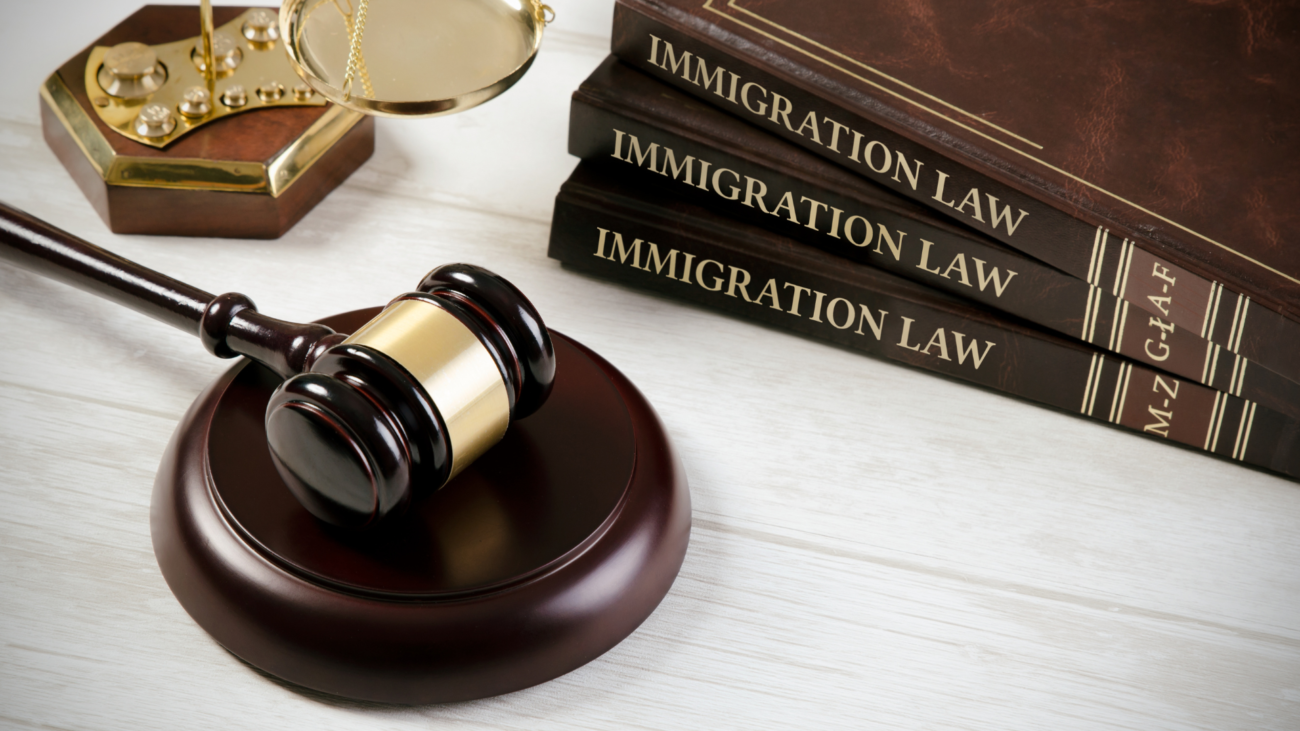AstraZeneca AB Vs. Intas, Alkem Pharma & Others
Date of decision: 20th July 2021
In the High Court Of Delhi At New Delhi
In a current landmark decision of the Delhi High Court, AstraZeneca AB and AstraZeneca Pharma India Limited (the Plaintiffs) have been denied the request for an interim injunction towards Indian pharmaceutical companies, Intas Pharmaceuticals Limited (Intas) and Alkem Laboratories Limited (Alkem) and others (collectively, the Defendants), concerning the production of the compound-in-difficulty i.e., Dapagliflozin [“DAPA”], which became supposed to be infringing the Plaintiffs’ patents bearing Indian Patent numbers 205147 [“IN 147”] and 235625 [“IN 625”], the previous being the genus patent even as the latter being claimed to be the species patent. The patent time period for IN 147 expired on October 02, 2020, even as the patent time period for IN 625 is legitimate until May 15, 2023. The patents Squibb and have been subsequently assigned to the Plaintiffs via an undertaking deed in 2014.in query have been to start with being registered via way of means of Bristol Myers
Facts of the case
The matter primarily issues two patents of the Dapagliflozin drug used in diabetes.
a) Indian Patent No. 205147 discloses a Markush structure i.e., a patent covering a collection of compounds that disclosed the opportunity of personal diversifications and combinations which could run into numerous million [if not more] structurally various compounds.
b) Indian Patent No. 235625 discloses a specific compound of dapagliflozin.
Issues
Whether or not the compound-in-issue i.e. Dapagliflozin [“DAPA”] which, according to the plaintiffs, is included in IN 147 stands disclosed both, in law moreover as on facts?
Whether the subject matter of the species patent held by AstraZeneca was disclosed in the genus patent held by the same person, thereby invalidating the species patent for lack of inventive step and being obvious to a person skilled in the art?
Judgment
At the stage of the preliminary injunction, it is not necessary for the Defendants to conclusively prove the invalidity of the patent; the establishment of a prima facie case is sufficient. The fact that the infringement suit was filed with regard to both patents is sufficient evidence at this stage that DAPA is under both patents. On a comparison of relevant extracts from both patents ‘147 and ‘625, there emerges no substantial technical advancement or economic significance that would make the synthesis of DAPA an “inventive step” under Section 2(1)(ja). The terminal disclaimer filed by the Plaintiffs in USPTO, even if not a complete bar, operates as estoppel by conduct. The non-compliance with Section 8 was wrong and it makes Patent ‘625 vulnerable to revocation. Therefore, the injunction prayed for by AstraZeneca was refused.
Observations
The court found that the fact that the plaintiffs have taken out an infringement motion each for IN ‘147 and IN ‘625 is a enough clue, at least at this juncture, that DAPA is alleged in each suit patents. It appears incongruous to the court that a patent holder can take out an infringement action for a patent and yet ever it isn’t disclosed.
In the prevailing case, the Indian genus patent i.e. IN ‘147 bears the priority dates 12.10.1999 and 05.04.2000 while the Indian species patent i.e. IN ‘625 bears 20.05.2002 as its precedence date. For the purposes of Section 64(1)(a) this element is enough.
Therefore, so long as the defendant can set up that the innovations up to now claimed in any claim of the entire specification [in this case IN ‘625] turned into a legitimate declaration of an in advance precedence date contained inside the entire specification of some other patent [i.e. IN ‘147], a ground for revocation is made out.
The court observed that there is no enhancement of the known efficacy, within the meaning of Section 3(d) of the Act, between the product subject matter of IN ‘147 and the product subject matter of IN ‘625.
With respect to one invention, there can be only one patent, As DAPA was already disclosed in IN ‘147, the same compound cannot enjoy double patent term protection.






